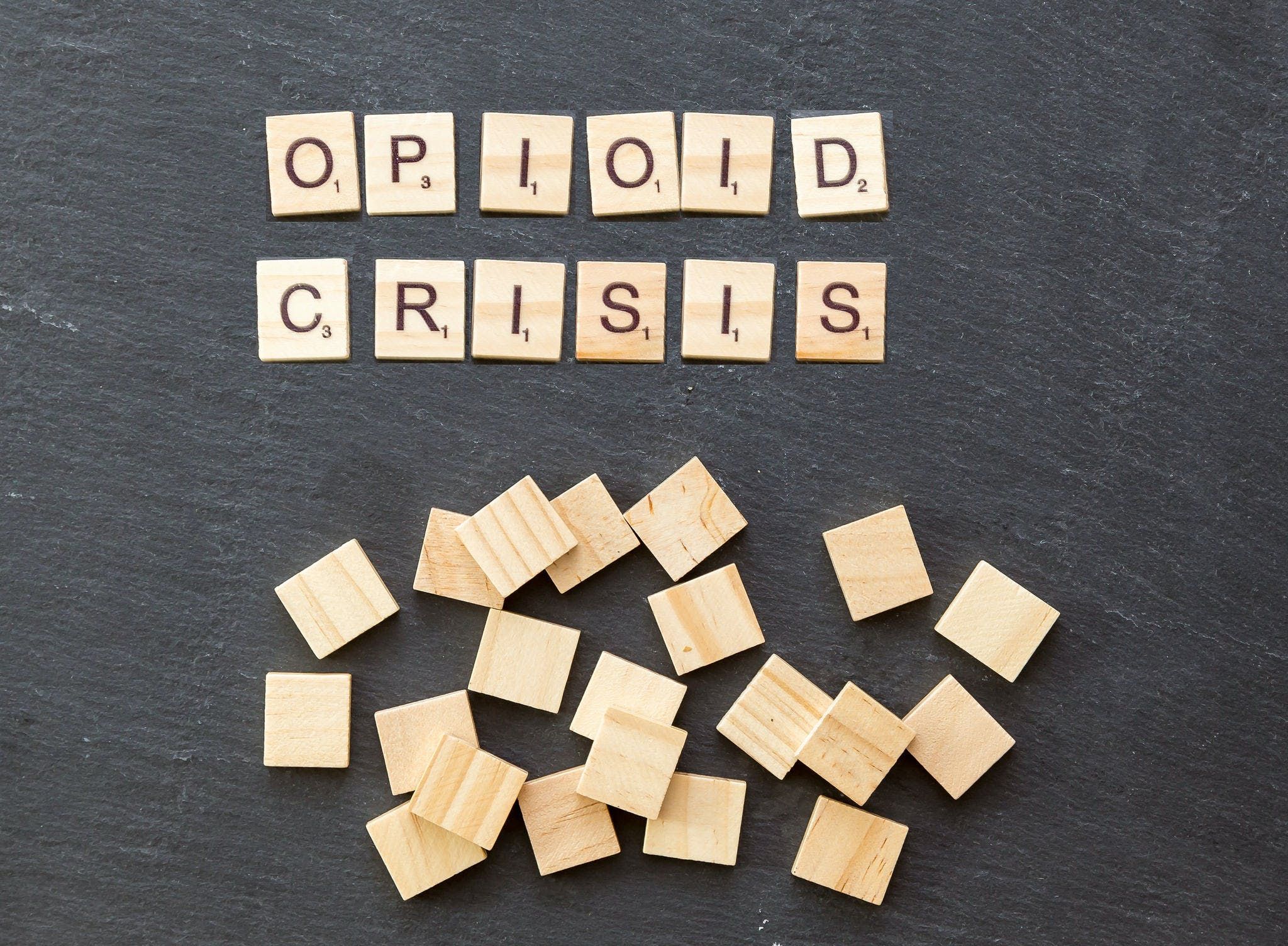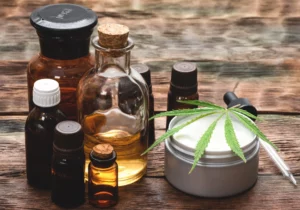The American opioid epidemic claims nearly a hundred lives a day to overdose deaths. The cycle of abuse and dependence affects millions more as people of all ages seek relief from chronic pain and find themselves addicted. But recent studies show that an overwhelming majority of patients seeking pain relief are able to reduce their opioid use by taking some form of cannabis—and many are able to stop taking prescription opioids altogether. New discoveries about the complex connections between the body’s receptor systems for opioids and marijuana reveal why cannabis can be a safe and effective way to break the cycle of opioid use, addiction and withdrawal.
FOLLOW US ON FACEBOOK & INSTAGRAM
The State of Opioid Use in America
The United States accounts for only around 5% of the world’s population, but the country uses more than 80% of the world’s supply of opioids—powerfully addictive pain medications including oxycodone, Vicodin and morphine.
These drugs are prescribed routinely for treating pain from surgery and for other conditions like arthritis or cancer. Although in most cases they’re intended for short-term use, many people continue to take them for months or even years. And when opioid medications become too hard to get, many turn to their famous street drug cousin, heroin—a risky course that can also include exposure to additives like fentanyl, a synthetic opioid 100 times stronger than morphine.
How Opioids Work on Our Bodies & Brains
Opioids exert their addictive power thanks to their strong, immediate effect on the body’s own system of opioid receptors. These cells in the brain, spine and digestive system normally respond to natural opioids produced by the body itself, such as dynorphin, enkalephin and the endorphins responsible for the well-known euphoria of a runner’s high.
Opioid receptors are highly concentrated in the brain, especially in areas responsible for modulating responses to stress; pain; and the cycle of pleasure, reward and learning that supports survival. To produce a feeling of calm and relief from pain, opioids depress the production of a key chemical called norepinephrine. This neurotransmitter activates during stressful situations, but is also responsible for maintaining essential functions in the brainstem such as wakefulness, respiration and heartbeat. An overdose of opioids can suppress these functions to the point of death.
Cannabinoid & Opioid Receptor Systems Affect Each Other
Alongside the opioid receptor system is a vast network of cannabinoid receptors called the endocannabinoid system (ECS). Cannabinoid receptors are activated by natural processes that create chemicals within the body similar to cannabis, as well as by cannabis in any of its many forms. Cannabinoid receptors are found in most organs and tissues, including the same areas as opioid receptors, with one notable exception: the brainstem. That’s why an overdose of cannabis is unlikely to cause death, because there are very few cannabinoid receptors in the brainstem where your body’s essential functions are regulated.
Both opioids and marijuana activate common pathways in the brain that are related to pleasure and reward. They also affect the brain’s noradrenergic system, which is responsible for releasing norepinephrine and other chemicals related to the flight or fight response. That’s why both cannabis and opioids can produce a calming feeling.
Until relatively recently, research on cannabis and opioids focused on the differences between the opioid and cannabinoid receptor systems to explain why both can reduce pain, but aren’t addictive in the same way. But some newer studies suggest that these two systems may actually interact with each other —and that this synergy is the key to using cannabis as a way out of opioid dependence.
Marijuana Can Ease Opioid Withdrawal Symptoms
When opioids are used in high quantities, or for long periods, they disrupt the noradrenergic system. More norepinephrine is released, but opioids suppress its expression. Then when a person stops using opioids, those high levels of norepinephrine flood the system, causing withdrawal symptoms such as nausea, chills and diarrhea.
To ease these side effects, detox and withdrawal programs usually use a combination of an opioid agonist—a chemical that binds to and activates a receptor—like buprenorphine or methadone (both opioids themselves), plus a drug such as clonidine, which suppresses norepinephrine production. Over time, many people continue to take these kinds of medications to stave off withdrawal and work on their recovery. But active compounds in marijuana may be able to break this cycle of using opioids to treat opioid dependence.
RELATED: CANNABIS: AN EXIT DRUG FOR THE OPIOID EPIDEMIC?
One of the body’s two cannabis receptors, CB1, occurs abundantly in areas of the brain related to noradrenergic activity. Researchers think that using cannabis compounds such as cannabidiol (CBD) may increase the production of the body’s own natural opioids. This can make opioid drugs more effective for pain relief and also moderate the release of norepinephrine thereby reducing the severity of withdrawal symptoms. Not only that, but tetrahydrocannabinol (THC), the psychoactive ingredient in cannabis, may increase the release of enkephalin, which can help to stabilize activity in the brainstem during opioid withdrawal.
Cannabis: Safer and More Effective for Pain
Cannabis is still on the government’s highly restrictive Schedule 1 list of drugs along with heroin and other opioids. Unfortunately, this encourages the belief that these two substances are the same: equally addictive and equally harmful. But a growing body of research continues to confirm that marijuana is a safer and potentially more effective treatment for pain than opioids.
In one recent study conducted by researchers at the University of California, Berkeley, in partnership with HelloMD, 71% of nearly 3,000 active cannabis and opioids users said that cannabis was better than opioids for pain relief —and 97% said that they could reduce their use of opioids if marijuana was available. These findings echo other recent research showing that a majority of patients prefer marijuana to opioids for pain relief—and new insights into the interaction between the body’s cannabinoid and opioid receptor systems may reveal why.
The differences between the two systems help explain why cannabis is safer and less addictive than prescription opioids. But it’s the unexpected connections they share that may just hold the missing key to breaking the cycle of dependence on opioid drugs.
Photo credit: Marco Verch
If you’re new to cannabis and want to learn more, take a look at our Cannabis 101 post. HelloMD can help you get your medical marijuana recommendation; it’s easy, private and 100% online.






